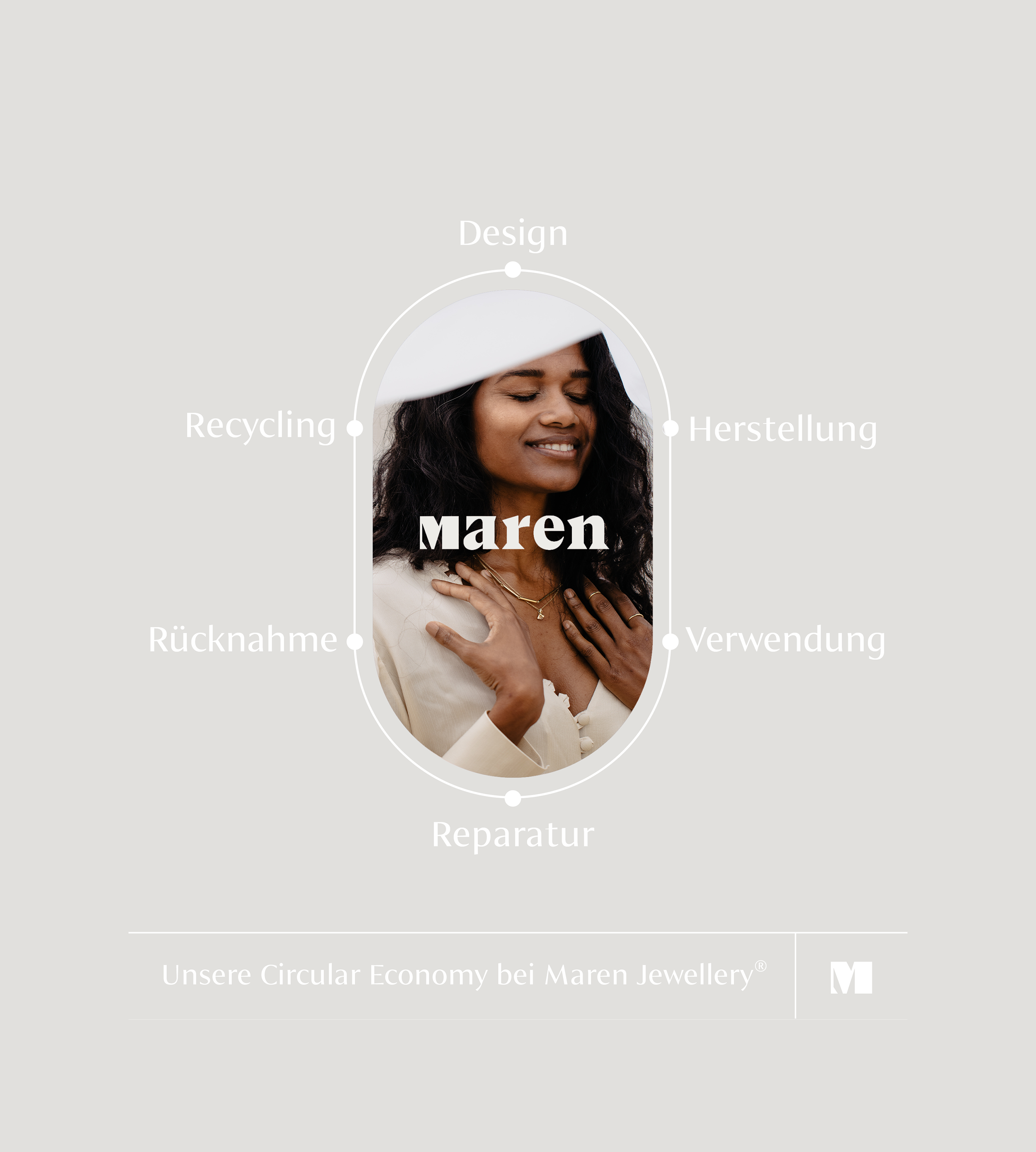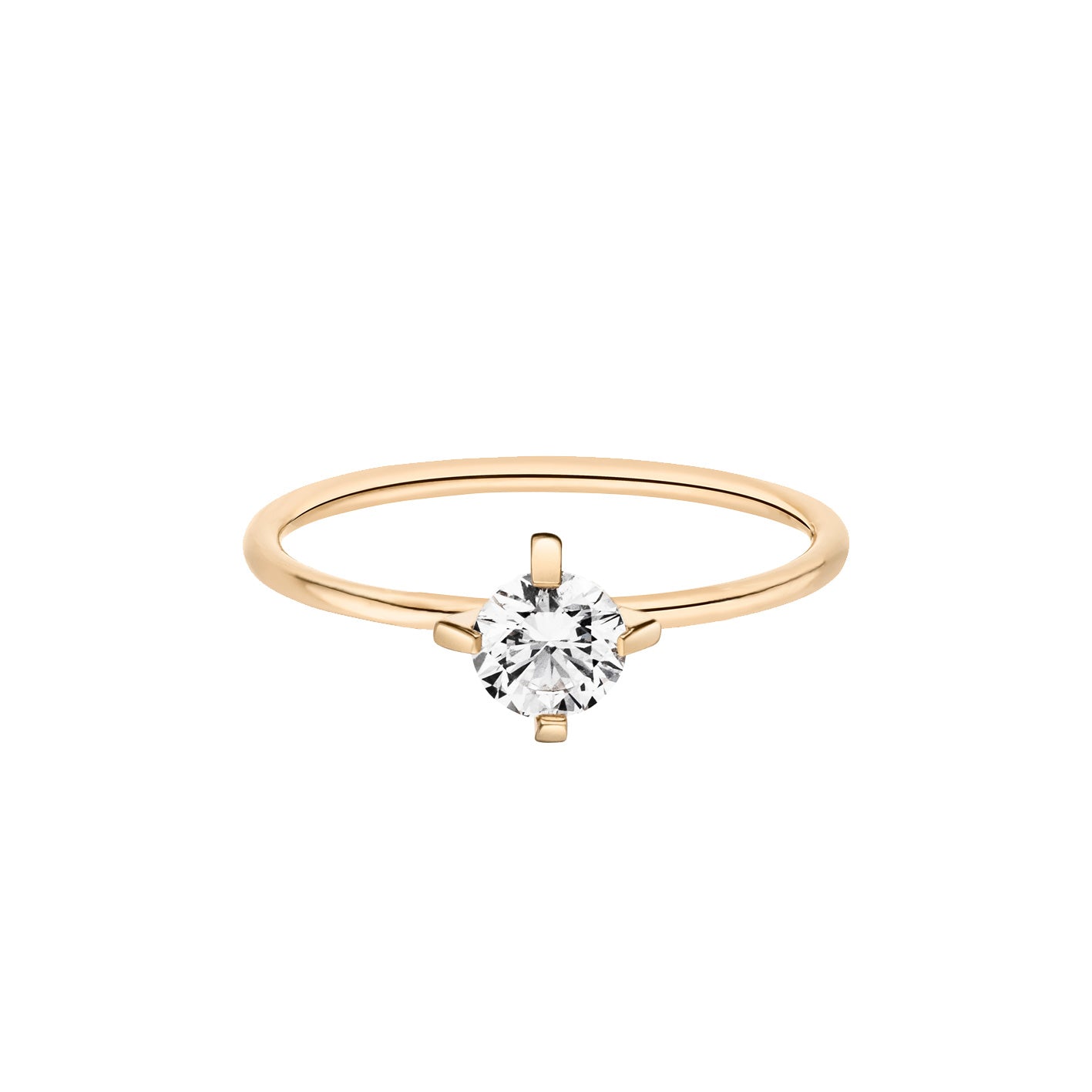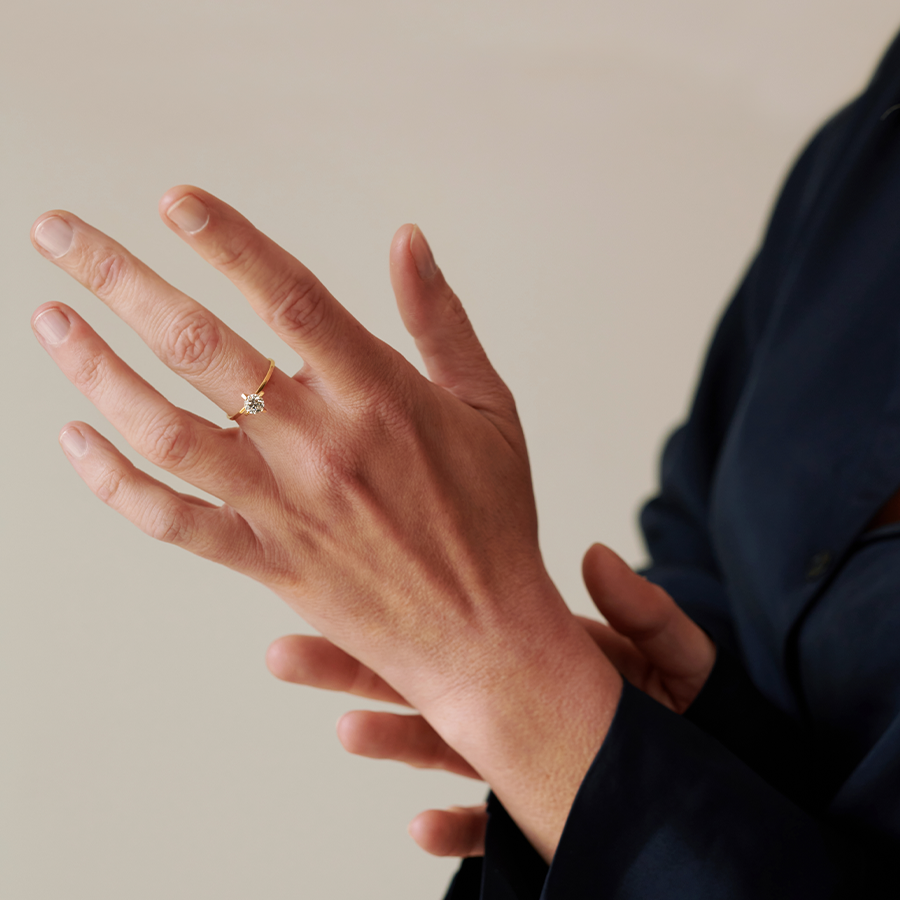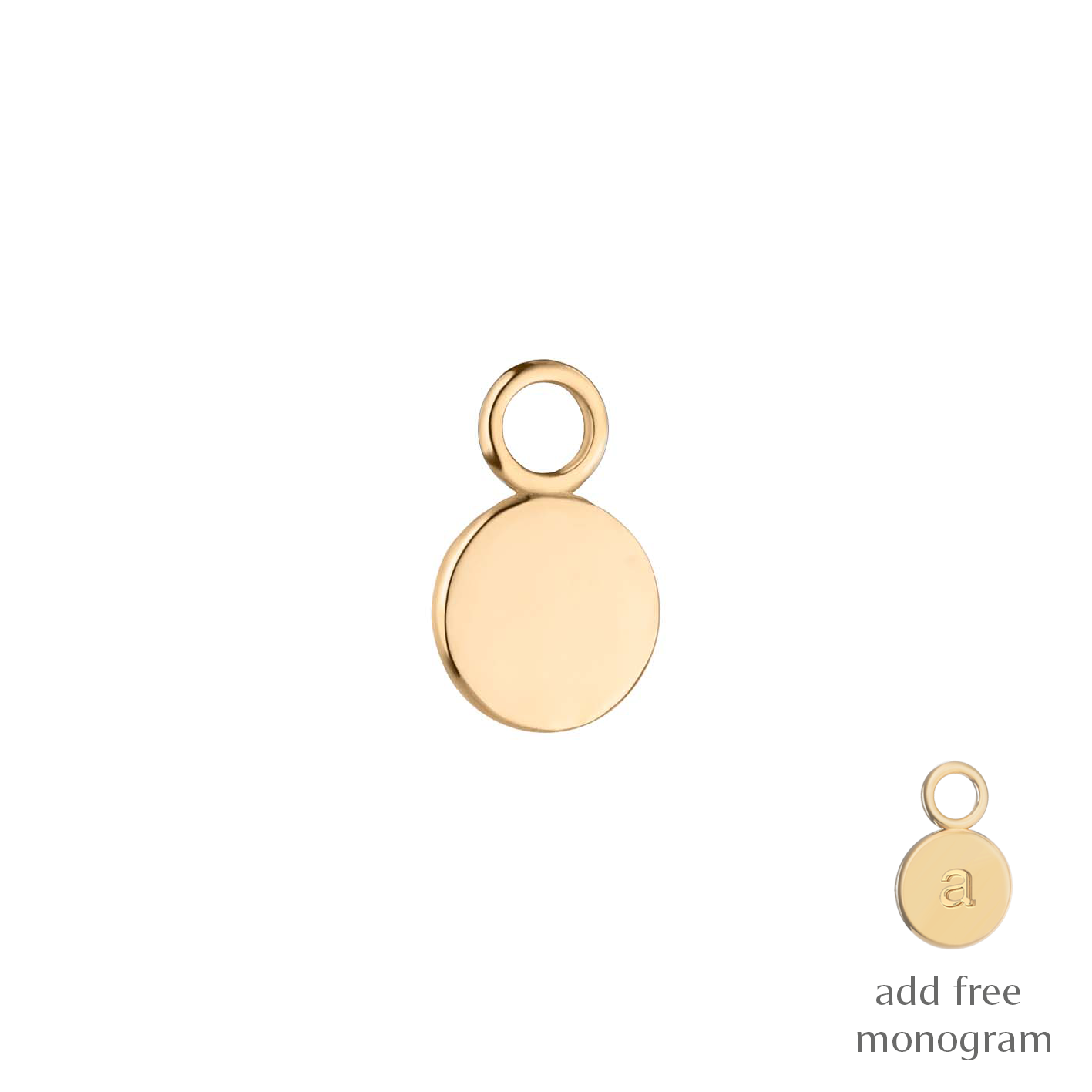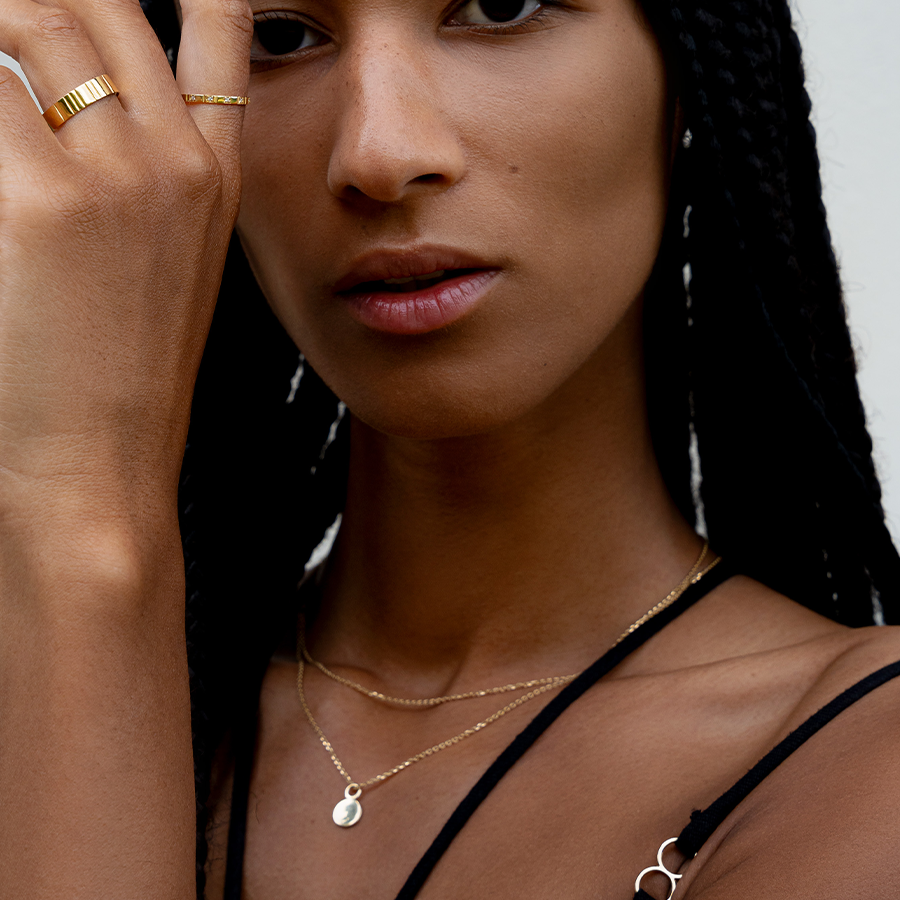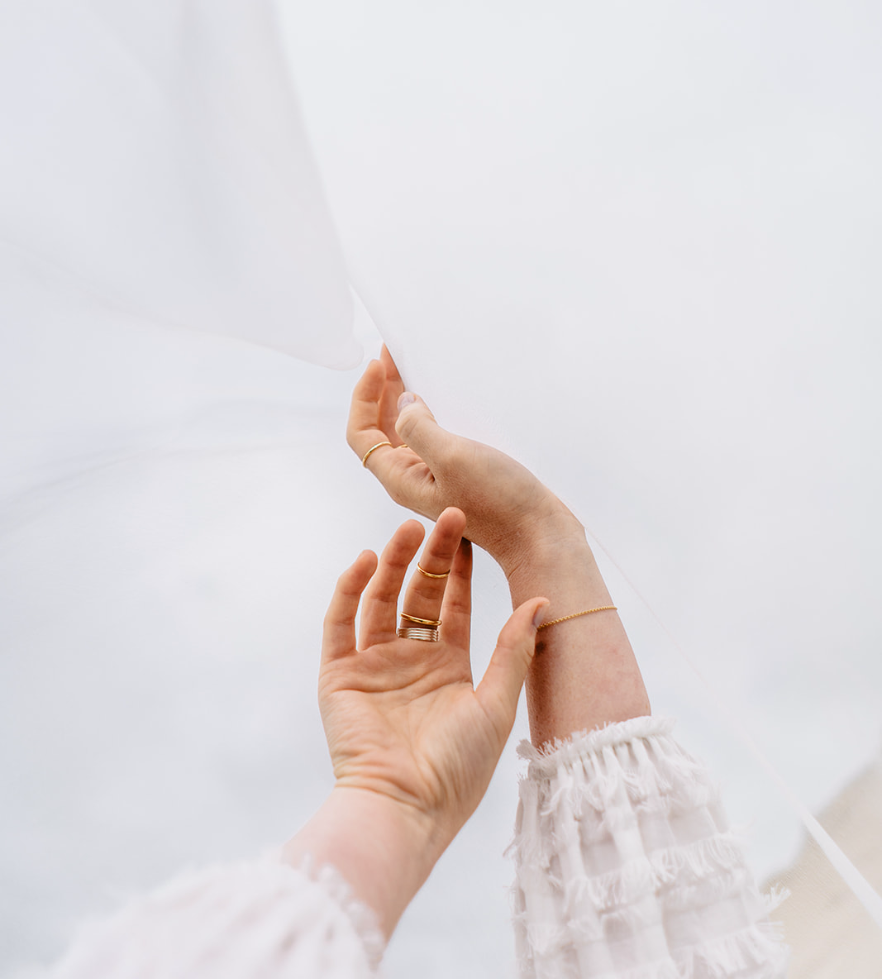There is good news and bad news. The bad first: every European uses an average of 14 tons of resources and produces an average of 5 tons of waste per year. All people together even create 100 billion tons. The good news: That doesn't mean that these raw materials will inevitably be used up, nor that the waste has to be in recycling depots, in the sea or even in space forever. Because that's what the circular economy is for.
This is not a new invention. Let's just say: In the course of history it has been forgotten at times that raw materials are finite and that we should not only take care of ourselves but also of the environment. Actually, it's the only logical thing: if there is little of a raw material, then of course you don't want to waste any of it, so you try to use it as sparingly as possible; and if possible, of course, you also make sure that you recycle the raw material as soon as you need it. Repair, recycle, reuse. So far the basics. But slowly.
